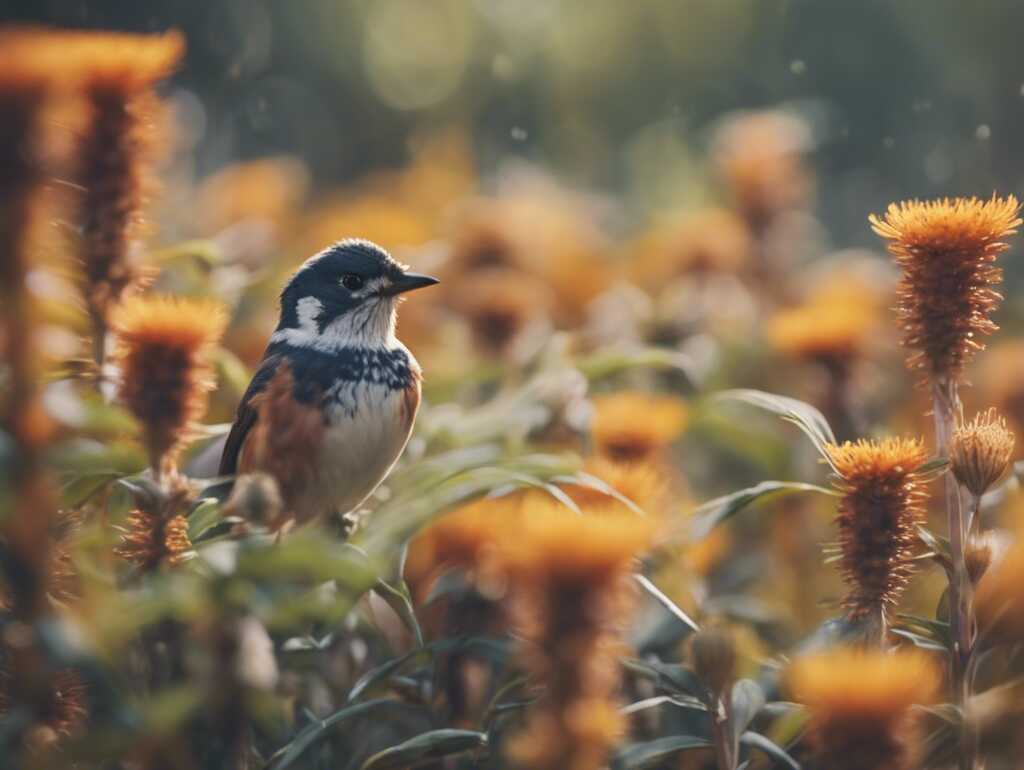Native plants play a crucial role in creating a thriving ecosystem that attracts various wildlife, including beautiful and melodious birds. By incorporating native plants into your garden or landscape, you can provide birds with food sources, shelter, and nesting sites. These plants have evolved over time to adapt to specific regions, making them well-suited for local bird species. Let’s explore some native plants that attract birds and enhance the biodiversity of your outdoor space.
Table of Contents
Native Plants That Attract Birds
Importance of Native Plants for Bird Habitats
Native plants are essential for maintaining a healthy environment for birds due to their co-evolution with local wildlife. These plants offer an abundant supply of fruits, seeds, nectar, and insects that birds rely on for sustenance. Unlike non-native species, native plants support a more diverse and specialized ecosystem, catering to the specific needs of local bird populations. By cultivating native plants, you can establish a sustainable habitat that benefits both birds and the environment.
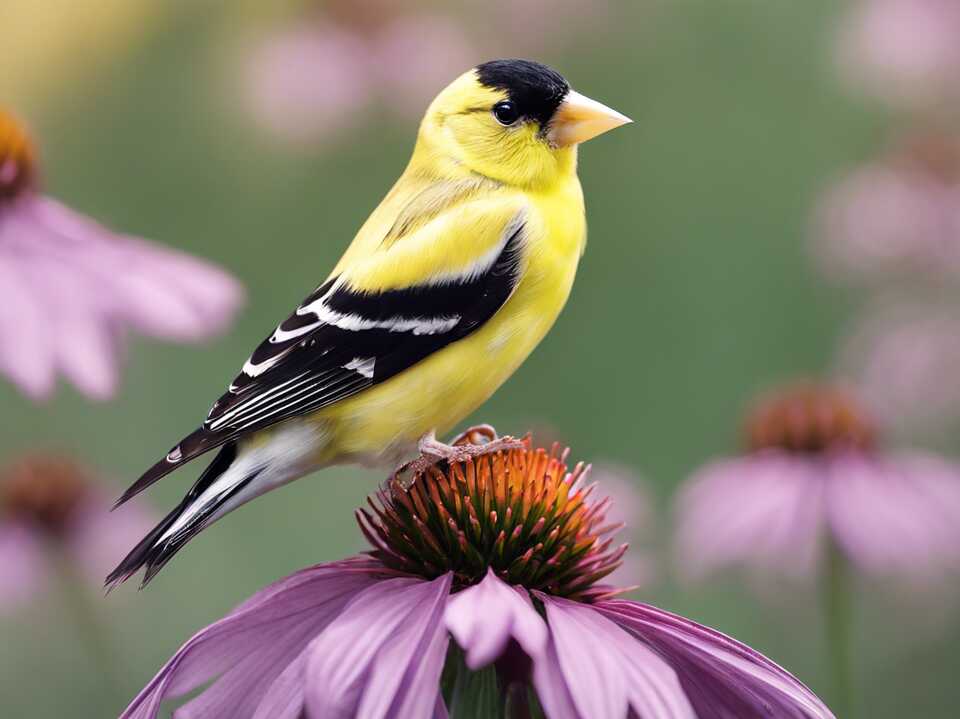
Choosing the Right Native Plants
When selecting native plants for your garden, consider incorporating a variety of species that bloom at different times of the year. This approach ensures a continuous supply of food for birds throughout the seasons. Additionally, opt for plants that produce berries, seeds, or nectar to attract a wide range of bird species. Some examples of native plants that are particularly attractive to birds include:
- Eastern Red Cedar (Juniperus virginiana): This evergreen tree produces blue, berry-like cones that are a favorite food source for various bird species, including cedar waxwings and robins.
- Purple Coneflower (Echinacea purpurea): Known for its distinctive purple petals, this perennial flower attracts birds such as goldfinches and sparrows, which feed on its seeds.
- Trumpet Vine (Campsis radicans): With its vibrant orange flowers rich in nectar, this vine is a magnet for hummingbirds seeking energy during their migrations.
- Serviceberry (Amelanchier spp.): Also called Juneberry, this shrub offers sweet berries that appeal to thrushes, mockingbirds, and other fruit-eating birds.
- Black-eyed Susan (Rudbeckia hirta): This vibrant wildflower produces seed heads that attract finches, sparrows, and other seed-eating birds.
- Wild Bergamot (Monarda fistulosa): Also known as bee balm, this perennial herb produces nectar-rich flowers that attract hummingbirds and butterflies.
- American Holly (Ilex opaca): With its glossy green foliage and red berries, this evergreen tree provides food and shelter for a variety of bird species, including thrushes and cedar waxwings.
- Cardinal Flower (Lobelia cardinalis): This striking perennial produces vivid red blooms that are irresistible to hummingbirds seeking nectar.
- Wild Grape (Vitis spp.): Native grapevines offer fruit that attracts birds such as thrushes, grosbeaks, and orioles, especially in late summer and fall.
- Joe Pye Weed (Eutrochium spp.): This tall perennial with clusters of pink or purple flowers is a favorite of butterflies and provides seeds for finches and sparrows.
- Red Mulberry (Morus rubra): The sweet berries of this deciduous tree are eagerly consumed by birds such as robins, thrushes, and cedar waxwings.
- American Elderberry (Sambucus canadensis): This shrub produces clusters of small, dark berries that are highly attractive to a variety of bird species, including songbirds and woodpeckers.
- Virginia Creeper (Parthenocissus quinquefolia): With its dense foliage and blue-black berries, this vine provides food and cover for birds like thrushes, warblers, and tanagers.
- Spicebush (Lindera benzoin): This deciduous shrub produces small red berries that are favored by thrushes, sparrows, and other fruit-eating birds.
By incorporating these additional native plants into your garden, you can further enhance its appeal to a diverse array of bird species throughout the year.
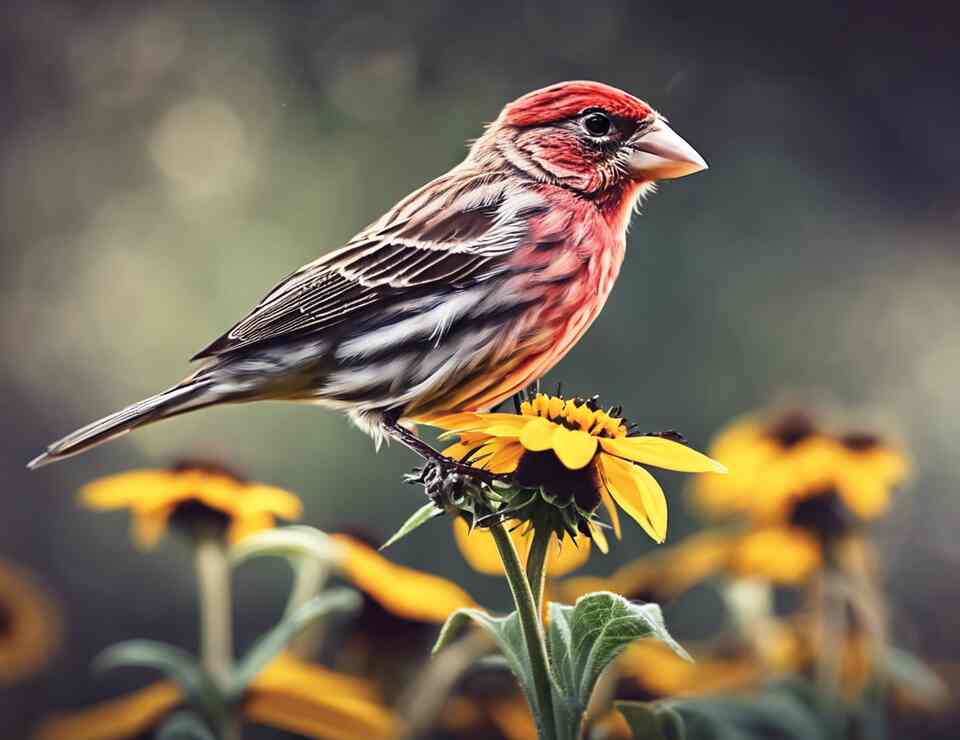
Creating Bird-Friendly Habitats
To maximize the bird-attracting potential of native plants, ensure that your garden provides various elements that birds need to thrive. Include features such as bird feeders, bird baths, and nesting boxes to supplement the food and shelter provided by native plants. Additionally, minimize the use of pesticides in your garden to maintain a healthy environment for birds and other wildlife.
By incorporating native plants that attract birds into your outdoor space, you can transform it into a vibrant sanctuary for avian visitors. Native plants not only enhance the beauty of your garden but also play a crucial role in supporting local bird populations.
Embrace the diversity of native flora and create a welcoming habitat that nourishes both birds and the ecosystem as a whole. Let your garden resonate with the melodious tunes of feathered friends drawn to the abundance of native plants thoughtfully chosen to enrich their lives.
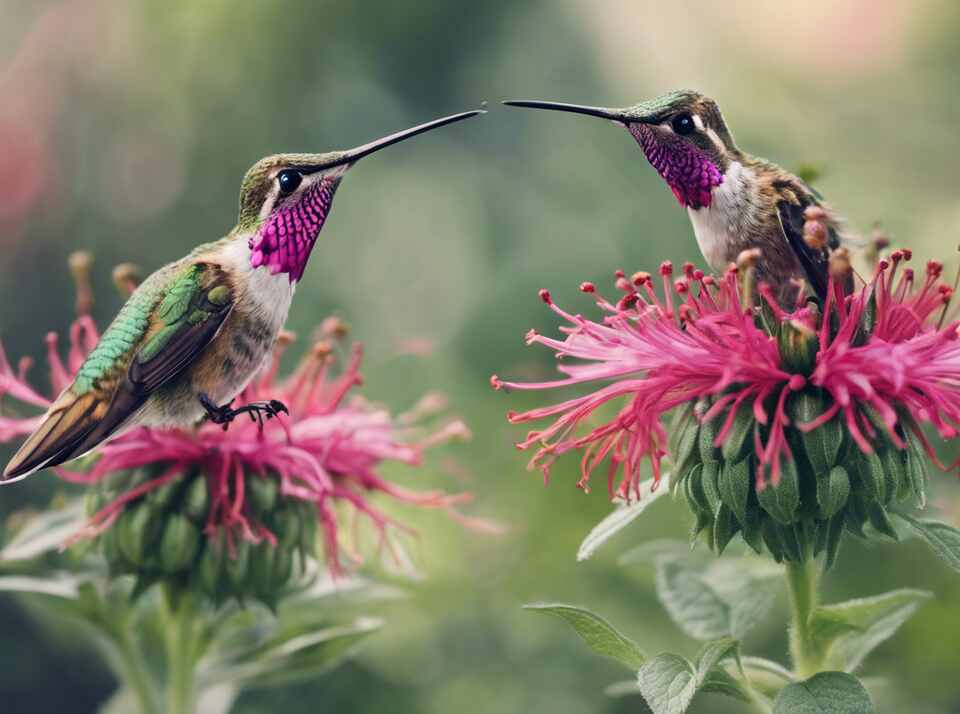
Benefits of Creating Bird-Friendly Gardens
The presence of birds in our surroundings can bring joy, tranquility, and a sense of connection to nature. One way to attract more birds to your garden is by incorporating native plants that attract birds. By selecting the right plants, you can create a bird-friendly environment that not only benefits the feathered visitors but also enhances the overall ecosystem of your garden.
Enhances Biodiversity
Native plants play a crucial role in supporting local wildlife, including birds. When you cultivate native plants that attract birds in your garden, you are providing them with a familiar habitat that offers food sources, shelter, and nesting sites. This, in turn, helps in maintaining and promoting biodiversity by creating a balanced ecosystem where birds can thrive.
Supports Pollination
Birds are important pollinators for many plant species. By attracting birds to your garden with native plants, you are not only providing them with a food source but also supporting the pollination process. As birds feed on nectar and fruits from native plants, they inadvertently transfer pollen from one flower to another, aiding in the reproduction of plants.
Pest Control
Having a diverse range of bird species in your garden can help naturally control pest populations. Many birds feed on insects and other pests that can damage plants. By attracting birds with native plants, you can create a natural pest control system that reduces the need for harmful chemical pesticides, promoting a healthier and more sustainable garden environment.
Seasonal Interest
Native plants that attract birds often offer a variety of seasonal interest throughout the year. From colorful blooms in spring to berries and seeds in fall and winter, these plants provide food sources for birds in different seasons. By incorporating a mix of native plants with staggered blooming and fruiting times, you can ensure a constant supply of food for the birds year-round.
Low Maintenance
Native plants are well-adapted to the local climate, soil, and environmental conditions, making them easier to grow and maintain compared to non-native species. By choosing native plants that attract birds, you can create a low-maintenance garden that thrives with minimal intervention. This not only saves you time and effort but also reduces the need for water, fertilizers, and pesticides.
Connect with Nature
Creating a bird-friendly garden with native plants is a wonderful way to connect with nature and observe the beauty of the avian world up close. Watching birds visit your garden, feed on native plants, and build their nests can be a rewarding experience that helps foster a deeper appreciation for the natural world around us.
By incorporating native plants that attract birds in your garden, you can benefit not only the feathered inhabitants but also the overall health and sustainability of your garden ecosystem. Enhancing biodiversity, supporting pollination, natural pest control, seasonal interest, low maintenance, and connecting with nature are just a few of the many advantages of creating a bird-friendly garden. Start planting native species today and enjoy the sights and sounds of more birds visiting your outdoor sanctuary.
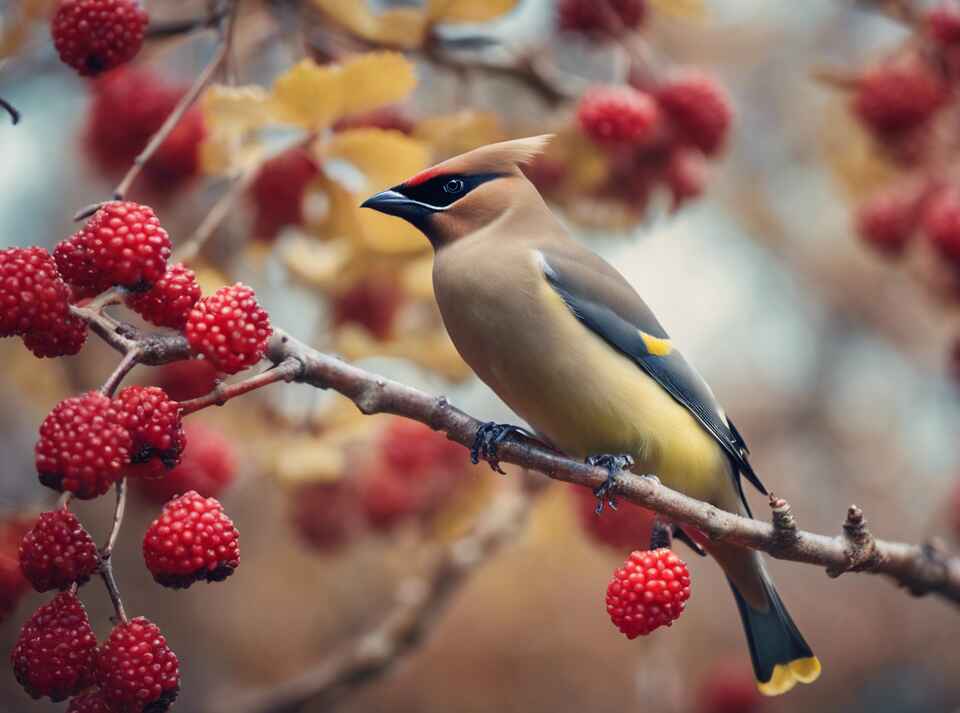
Conclusion
Creating a bird-friendly garden by incorporating native plants that attract birds is a rewarding experience that benefits both the environment and our own well-being. By choosing the right plants that provide food, shelter, and nesting opportunities for birds, we can create a thriving ecosystem right in our backyard.
The beauty of native plants lies not only in their aesthetic appeal but also in their ability to attract a diverse range of bird species. From colorful songbirds to majestic raptors, native plants offer a natural buffet that entices birds to visit and dwell in our gardens. By cultivating a variety of native plants, we can create a habitat that supports the ecological balance and sustains bird populations for generations to come.
Beyond the visual and auditory pleasures of observing birds in our gardens, there are numerous benefits to creating bird-friendly landscapes. One of the key advantages is pest control, as many birds feed on insects that can damage plants and crops. By attracting insect-eating birds, we can reduce the need for harmful pesticides and promote a more natural form of pest management.
Additionally, birds play a crucial role in pollination, aiding in the reproduction of plants and the production of fruits and seeds. By providing a habitat with native plants that attract birds, we can support the pollination process and contribute to the health and diversity of our garden ecosystem. This symbiotic relationship between birds and plants underscores the interconnectedness of all living organisms in the environment.
Furthermore, bird-friendly gardens offer a sense of tranquility and connection to nature that can enhance our well-being. The sights and sounds of birds fluttering among the foliage create a sense of peace and harmony, providing a respite from the stresses of everyday life. By immersing ourselves in the beauty of bird-filled gardens, we can experience a deep sense of joy and appreciation for the natural world around us.
The integration of native plants that attract birds into our garden landscapes not only enriches the environment but also enriches our lives. By fostering a habitat that supports bird populations, we can contribute to conservation efforts and create a sustainable ecosystem that benefits both wildlife and humans alike.
Through the beauty, benefits, and sense of connection that bird-friendly gardens provide, we can cultivate a deeper appreciation for the wonders of nature and inspire others to join in the effort to protect and preserve our avian friends for generations to come.

